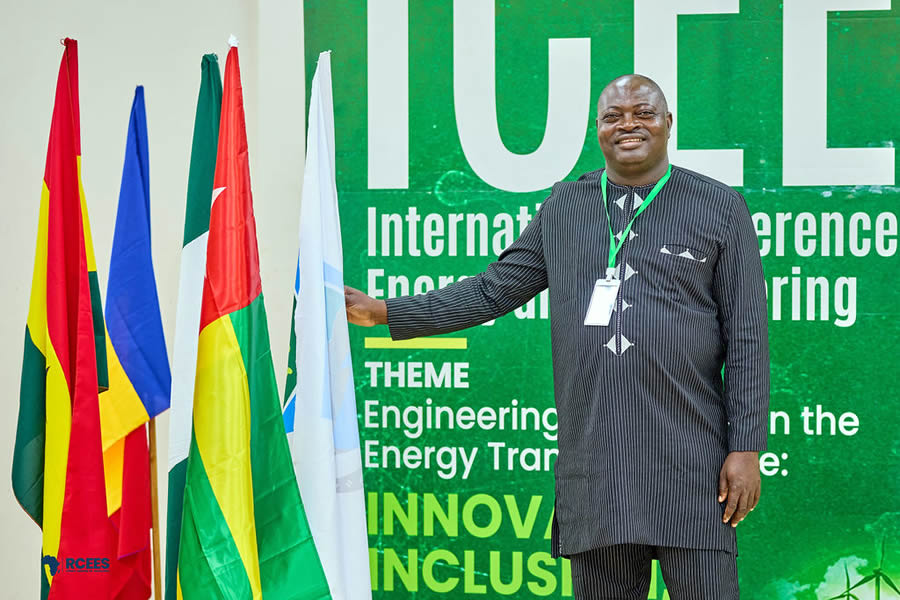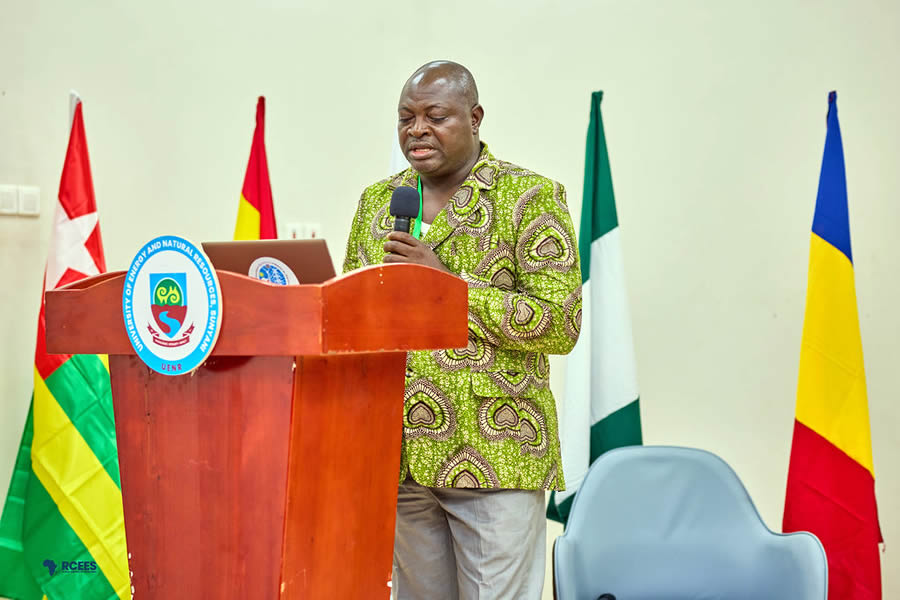Multiple Linear Regression to Predict Electrical Energy Consumption Based on Meteorological Data: Application to Some Sites Supplied by the CEB in Togo |
Télécharger |
10 Juin 2024
1,2,3Apaloo Bara Komla Kpomonè, 1,2,3Palanga Eyouleki Tcheyi Gnadi, 1,2,3Bokovi Yao, 4Kuevidjen Dosseh and 5Nomenyo Komla
1Department of Electrical Engineering, Ecole Polytechnique de Lomé (EPL), University of Lomé, Lomé, Togo
2Department of Electrical Engineering, Engineering Sciences Research Laboratory (LARSI), University of Lomé, Lomé, Togo
3Department of Electrical Engineering, Regional Excellence Center for Electricity Management (CERME) University of Lomé, Lomé, Togo
4Department of Operations Management, Electric Community of Benin (CEB), Lomé, Togo
5Laboratory Light, Nanomaterials and Nanotechnology - L2n CNRS UMR 7076, Troyes University of Technology, Troyes, France
Abstract: The prediction model developed in this article is based on the use of meteorological variables to estimate the consumption of electrical energy at the substations of the Electric Community of Benin. The objective is to predict this consumption in order to adapt production to it. The posts (Lomé Aflao, Légbasito, and Lomé port) are the targets that were used in the study.
The input variables are Relative Humidity (H), Direct Normal Irradiance (I), Precipitation (P), Temperature (T), and wind speed (V). The data collection period extends from 2019 to 2021. Multiple linear regression is used as the algorithm. Mean Absolute Error (MAE), root Mean Square Error (MSE), root mean square error (RMSE), and linear correlation coefficient (R2) were used to evaluate the performance of each model. A statistical characterization of each variable is carried out. It shows a good distribution of temperature, relative humidity, and wind speed values. This is not the case for direct normal irradiance, precipitation, and diffuse radiation...
Keywords: Electricity Consumption, Characterization, Meteorological Variables, Modeling, Multiple Linear Regression















